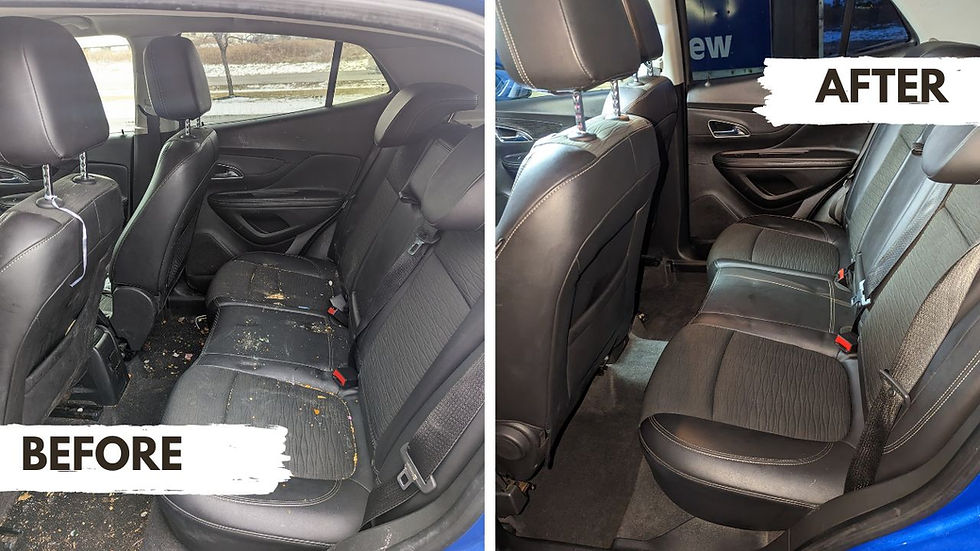The Science Behind Ceramic Coatings
- Will Stonewall
- Mar 26
- 3 min read
Introduction to Ceramic Coatings

They are composed of liquid polymers containing inorganic compounds, primarily silicon dioxide (SiO2), titanium dioxide (TiO2), aluminium oxide (Al2O3), and zirconium dioxide (ZrO2), which form a hard, durable, and transparent shield when cured. Detail Lab in Rochester, NY, specializes in providing top-notch ceramic coating services, enhancing vehicle appearance and protection.
Scientific Composition and Bonding
The science behind ceramic coatings lies in their nanotechnology-based formulation. They are made from nanoparticles, measured in nanometers, which create a dense, protective layer. The primary component, such as SiO2, is known for its hydrophobic properties, while TiO2 enhances UV protection and self-cleaning capabilities. The coating forms a chemical bond with the surface through covalent bonds, facilitated by silane additives (-Si-O-R) that improve adhesion and durability against mechanical abrasion. The curing process is critical, beginning with exposure to air moisture and completing over 5-7 days for full hardness. This process can be accelerated by heat or UV light, causing the polymer to cross-link and form a solid layer. For instance, IGL Coatings' ecocoat KENZO achieves a 10H hardness (pencil scale) and a 120° water contact angle, demonstrating high durability and hydrophobicity, as detailed in IGL Coatings Blog: The Science of Ceramic Coatings.

Key Properties and Mechanisms
Ceramic coatings exhibit several scientifically grounded properties:
Hydrophobicity and Oleophobicity: The coating's low surface energy and nanoscale smoothness cause water and oil droplets to bead up and roll off, with contact angles often exceeding 100 degrees. This is achieved through -Si-O-Si- bonds and methyl group alignment during curing, as discussed in Wax is Dead: The Science of Shine.
Scratch Resistance:
The nanoparticle matrix deflects minor scratches and may self-heal via plastic deformation, offering resistance compared to softer polymer coatings. This is particularly beneficial for maintaining the paint's integrity against everyday wear.
UV Protection:
Nanoparticles like TiO2 and ZnO absorb UV photons, preventing oxidation and degradation, which is crucial for preventing color fading and maintaining gloss,
Chemical and Thermal Resistance:
The cross-linked structure resists strong acids, caustics, solvents, and high temperatures, with some coatings withstanding up to 4500°F, protecting against environmental contaminants like acid rain and bird droppings.
Comparative Analysis with Traditional Methods
Vs. Car Wax:
Waxes are organic, easier to apply, but temporary, needing multiple applications per year. Ceramic coatings, with their chemical bonding, provide long-lasting protection and hydrophobicity, as discussed in Ceramic Coat Expert: Ceramic Coating: A Scientific Analysis.
Vs. Car Sealant:
Sealants are synthetic and easier for DIY, but less durable than ceramic coatings, which offer comprehensive surface protection.
Conclusion
Ceramic coatings leverage advanced nanotechnology to provide superior protection and aesthetic enhancement for automotive paint, making them a valuable service for mobile detailing businesses like Detail Lab. Their scientific foundation, including chemical bonding, nanoparticle structure, and specific properties like hydrophobicity and UV resistance, ensures they outperform traditional methods, though professional application and maintenance are key to maximizing benefits.
For more information or to book your ceramic coating service, visit detaillab.org or contact Detail Lab today to take advantage of their current promotion.


Comments